Vietnam
Ao Dai has long since become a traditional wedding dress of Vietnamese people. Over time, Ao Dai has had unique changes and innovations but still retains its elegance and elegance, enough to enhance the graceful beauty of the couple on the most important day.
Wedding dresses mainly use bright colors, red symbolizes good luck, iron lipstick, and white with the meaning of virginity and purity. The body of the shirt is often hand-embroidered with delicate and eye-catching patterns. Accompanying the ao dai is a turban, the groom wears a 6-round turban, the bride wears a 12-round turban, symbolizing "12 wharves of a woman's life".
Any bride who wears a ao dai will surely make others attractive, because it is designed to enhance the feminine, gentle, and flexible appearance of a woman.
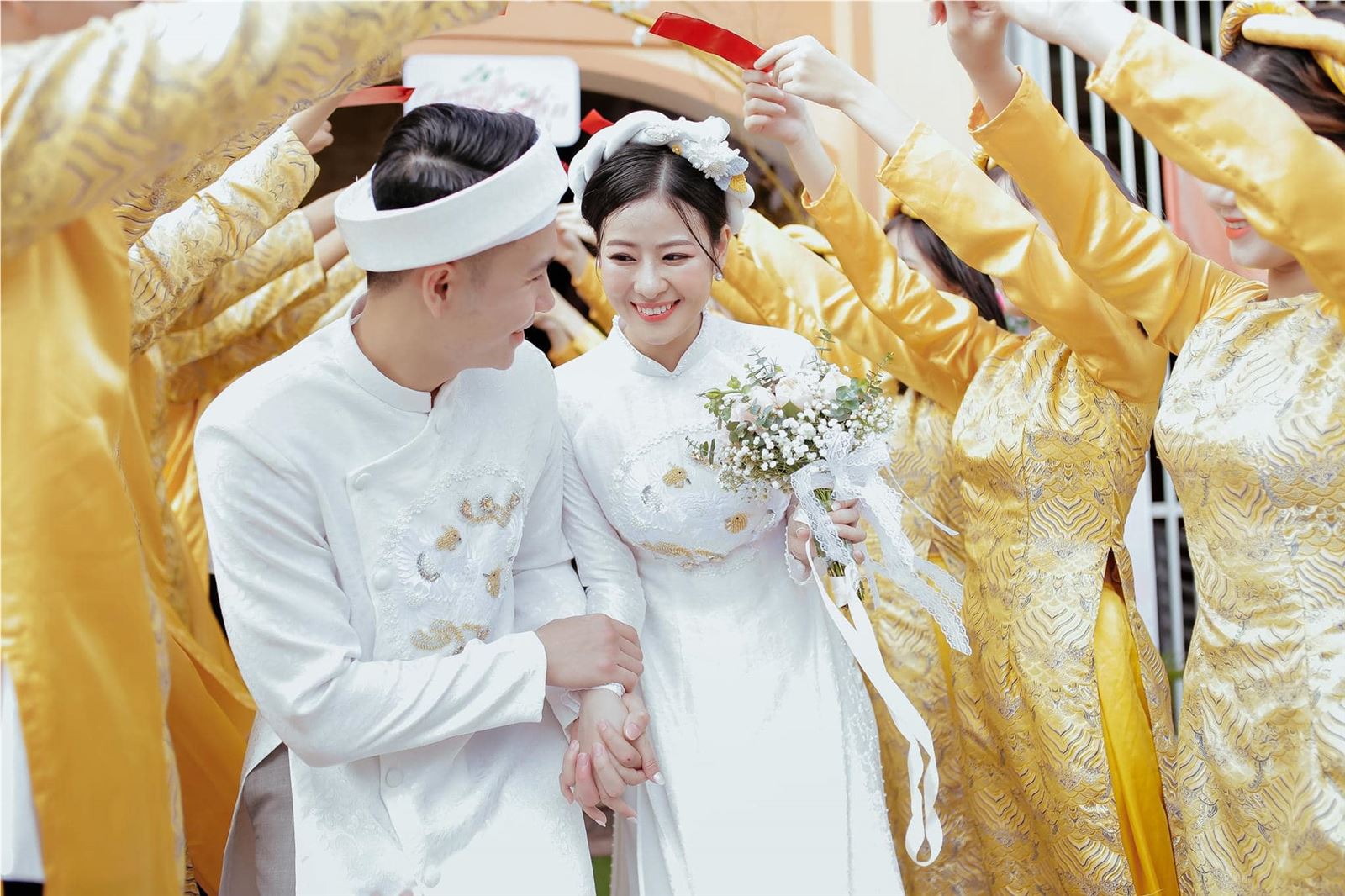
South Korea
Traditional Korean wedding attire has long been no stranger to appearing in popular dramas. It is a colorful and luxurious hanbok.
Wedding hanbok for the bride is similar to regular Hanbok models, consisting of three main parts: jeogori top, baiji pants, and chima skirt. The difference is that wedding clothes often have fresher and more prominent colors, giving the couple the most radiant and shining look.
For Koreans, the duck is considered a symbol of long-lasting family happiness, the crane symbolizes longevity, and so the bride's scarf or belt is often embroidered with these two animals.
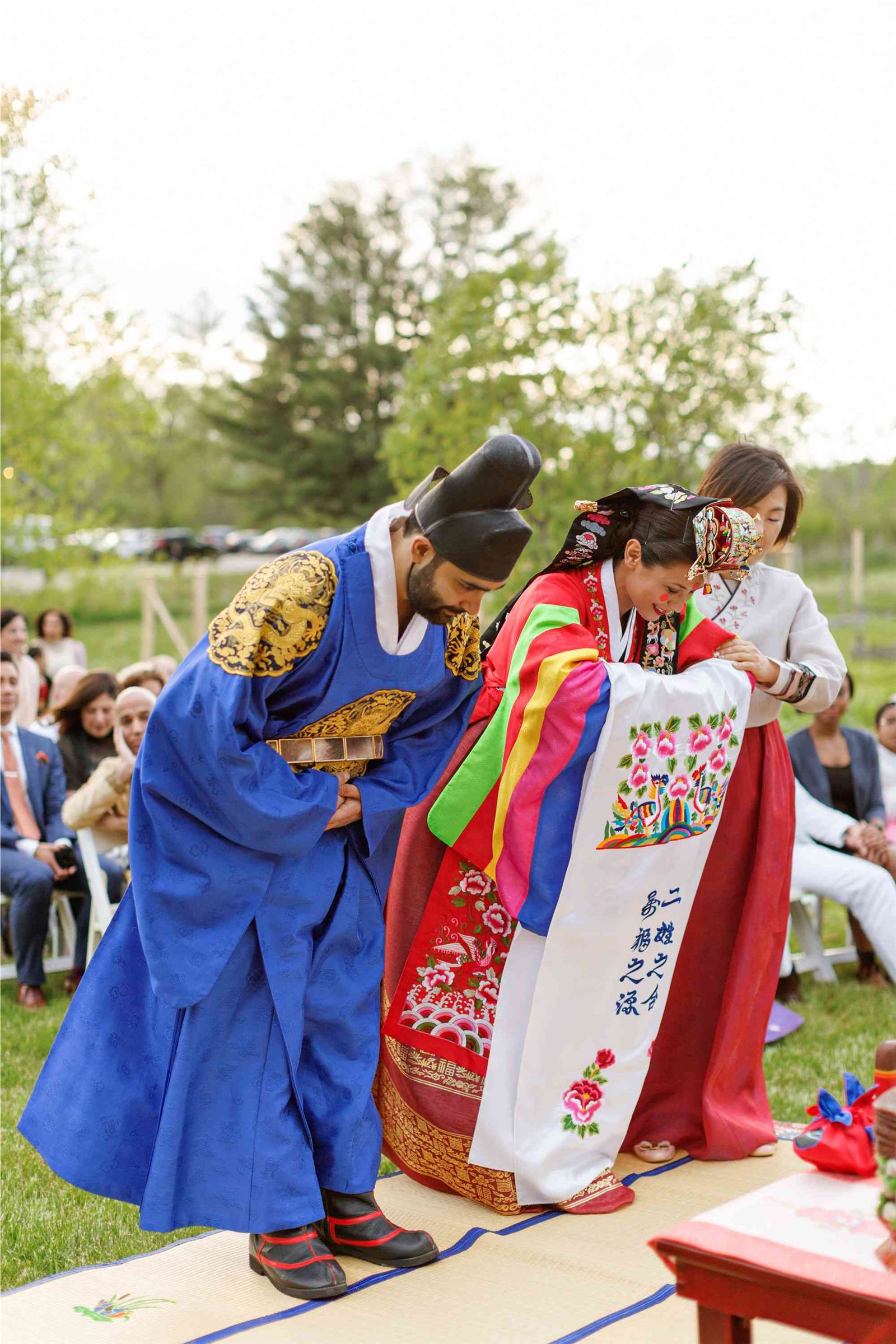
Japan
During the traditional Japanese wedding ceremony, the groom will wear a black kimono made of Habutea silk with a family crest and loose pants, called a Hakama. The bride wears Shiromaku with elaborate patterns, symbolizing purity both physically and mentally. The special thing in this wedding dress is the bride's white silk hat. This hat, called "Tsunokakshi", covers the entire head, with the aim of "hiding the horn of jealousy of the bride", so that the bride becomes a gentle and understanding wife.
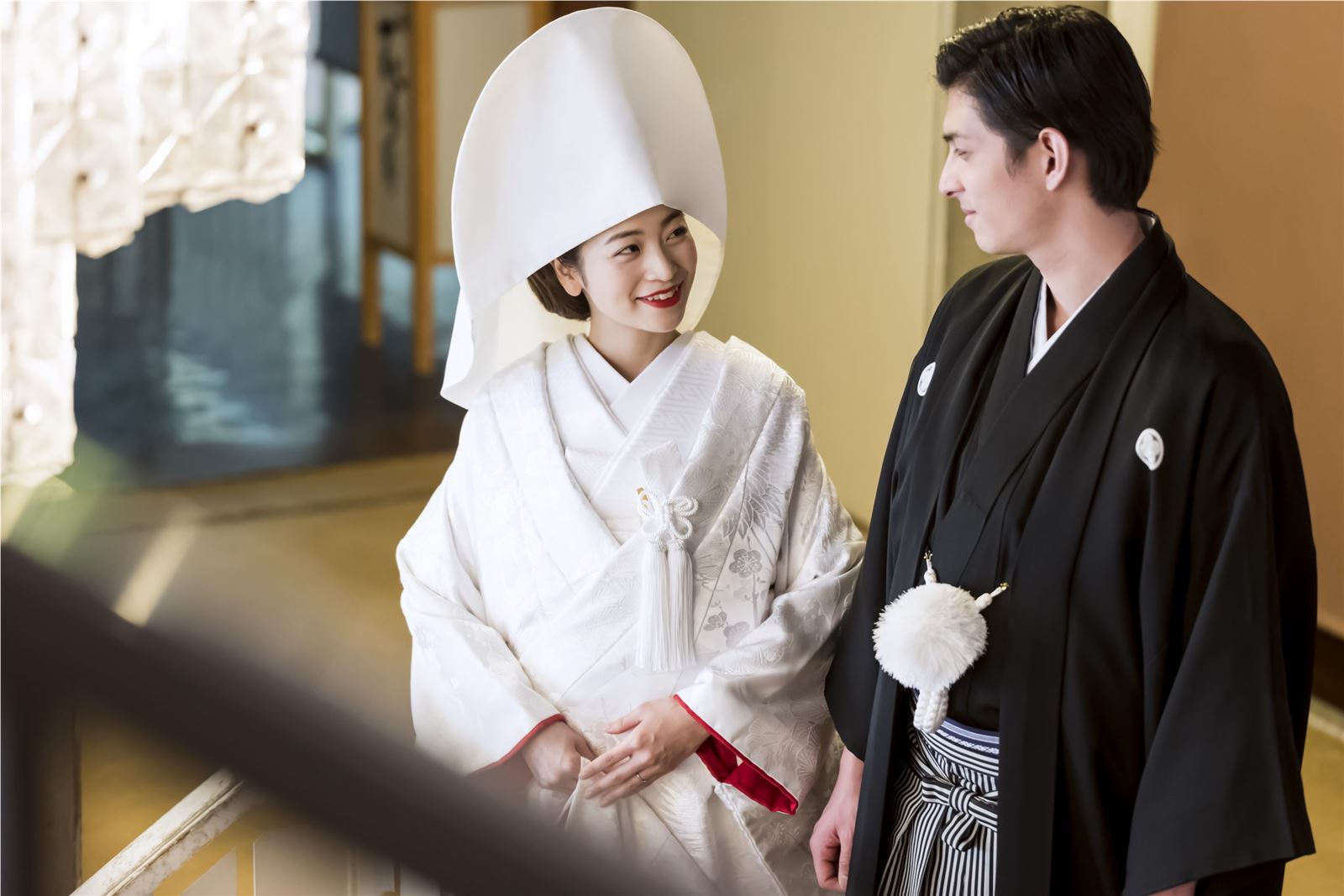
China
Red for Chinese people symbolizes good luck and the power to ward off evil spirits. The traditional wedding dress in Northern China is a cheongsam embroidered in the shape of a phoenix dragon with gold and silver thread. Brides in the South often wear a separate robe and skirt.
Previously, the bride's wedding attire also included a red scarf draped over the crown during the wedding ceremony. Many couples who used to get married arranged by their parents only knew each other for the first time on their wedding night when they turned over the veil.
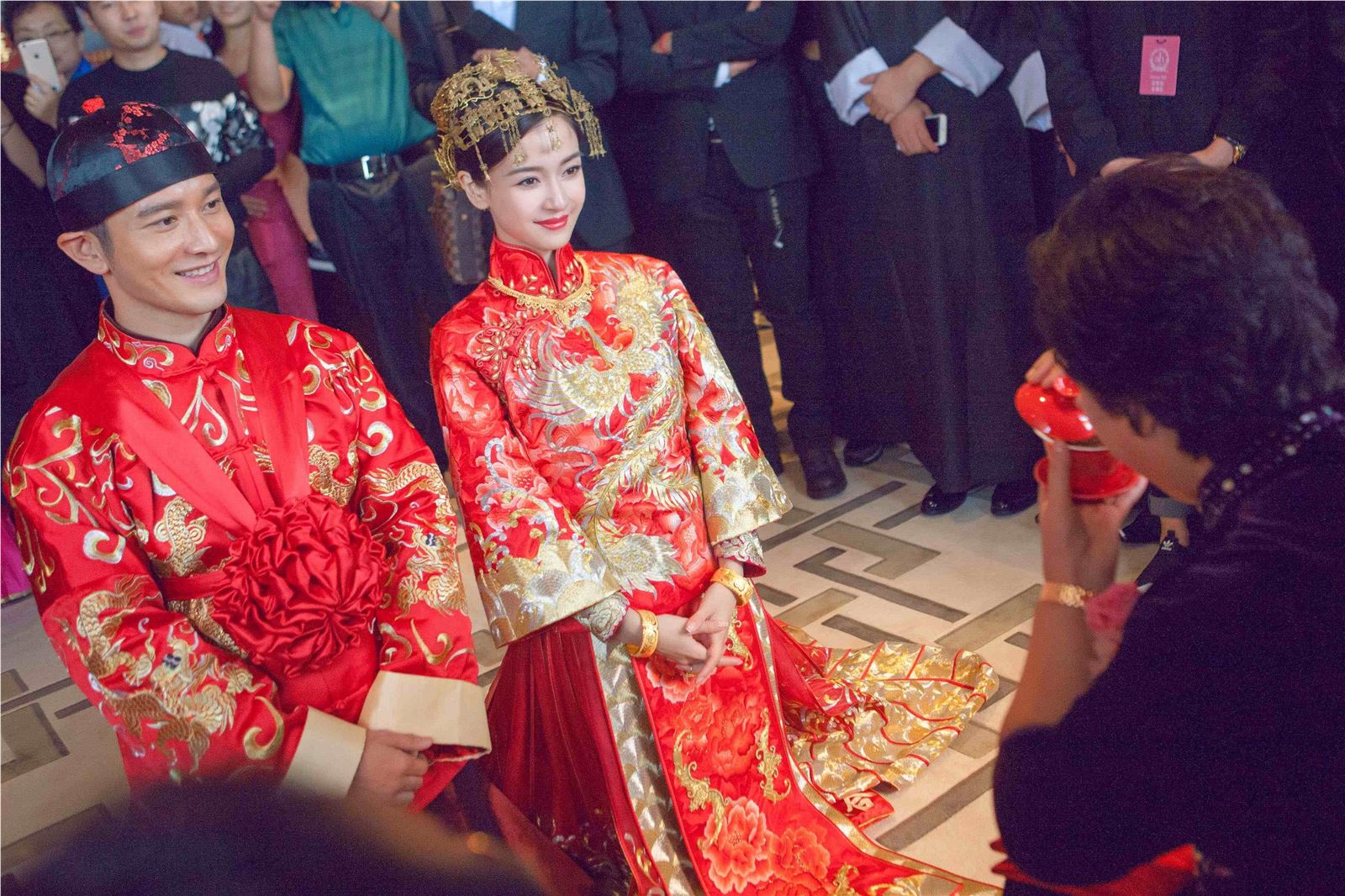
India
Sari is a traditional Indian wedding attire, which is a 4-9 meter long scarf wrapped around the bride. Indians often choose Sari in red or pink, symbolizing good luck and happiness. Depending on the family background of each family, the wedding dress will be attached with more or less needles and gems to make the dress more gorgeous, showing the bride's family lineage. Indians believe that the more stones and needles the sari is attached to, the more prestigious the bride will be and will be married into a wealthy family. Accompanying the dress is a set of 16 pieces of jewelry, called "Solah shrinngar". In North India, brides are also given a red "Bindi" dot in the middle of their foreheads to mark that the woman is married.
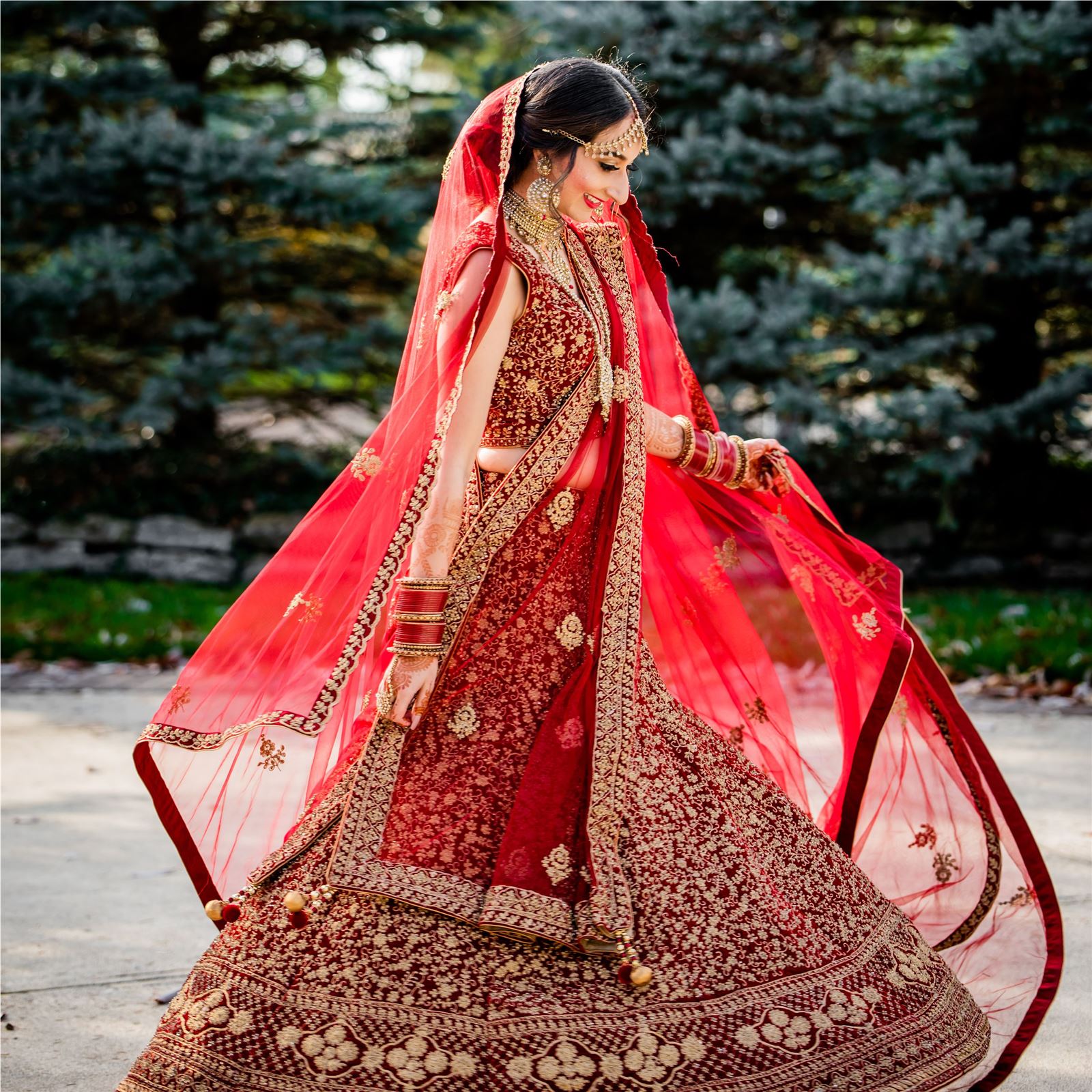
Unique wedding attire of some other Asian countries:
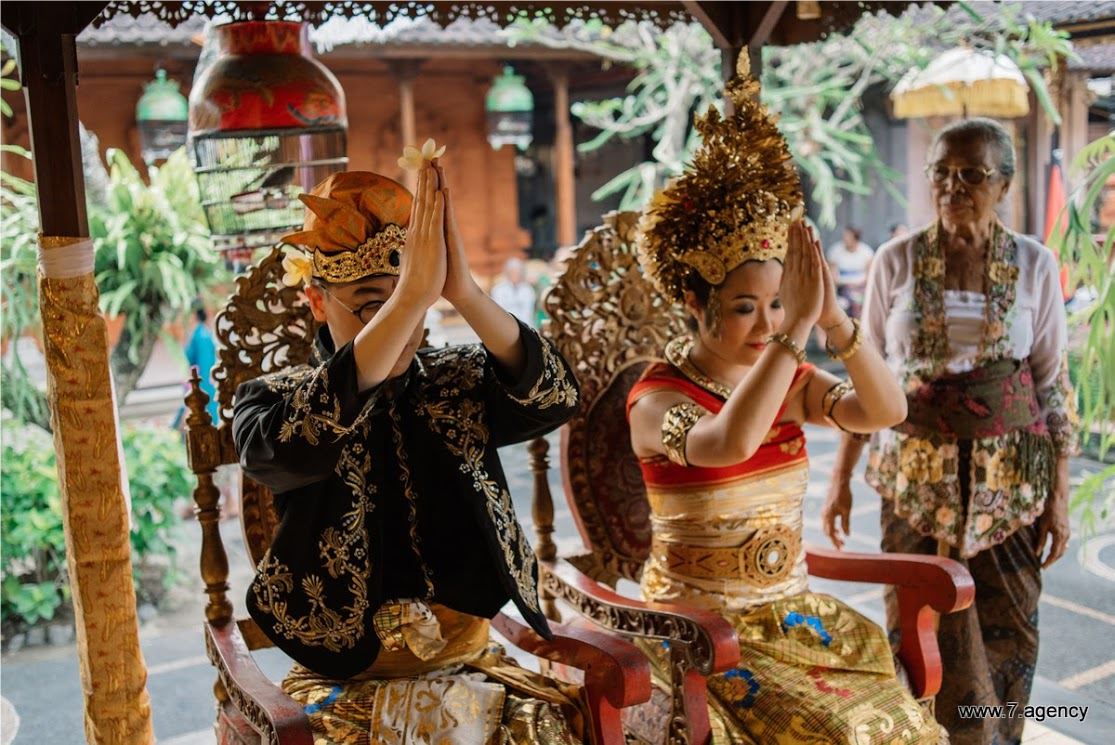
Bali, Indonesia
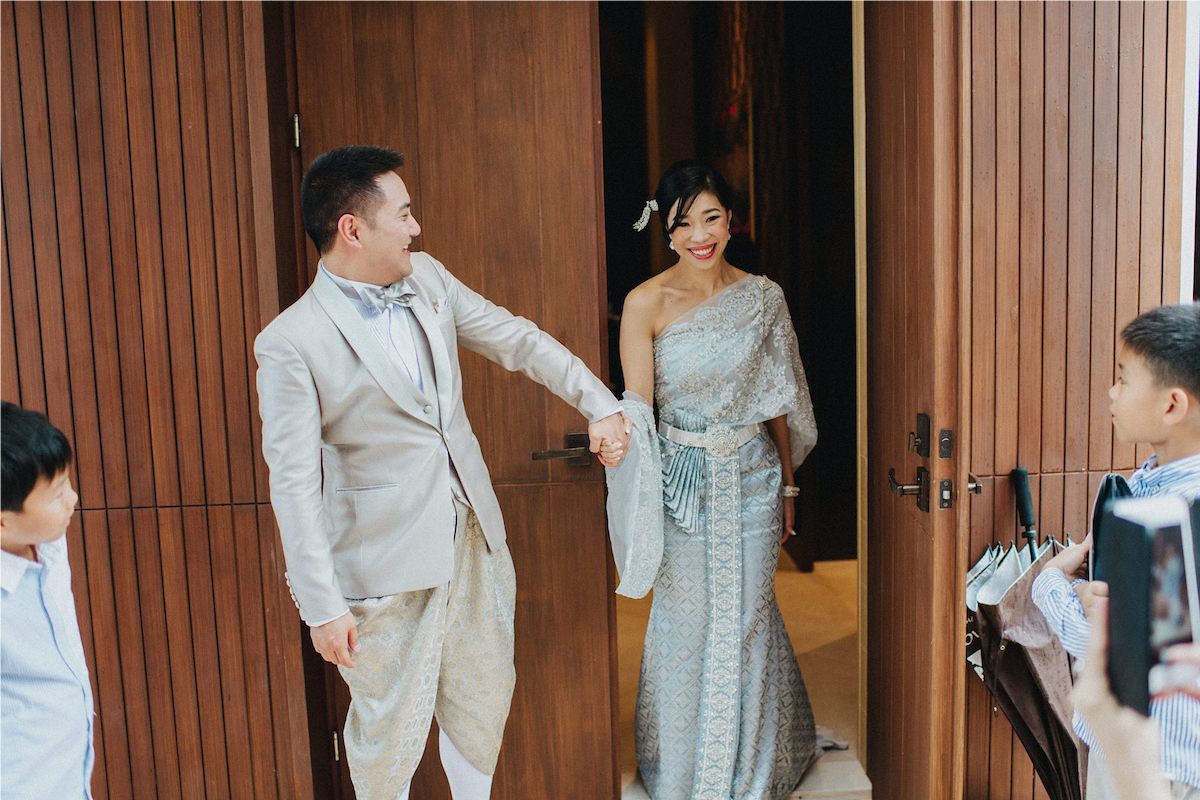
Thailand
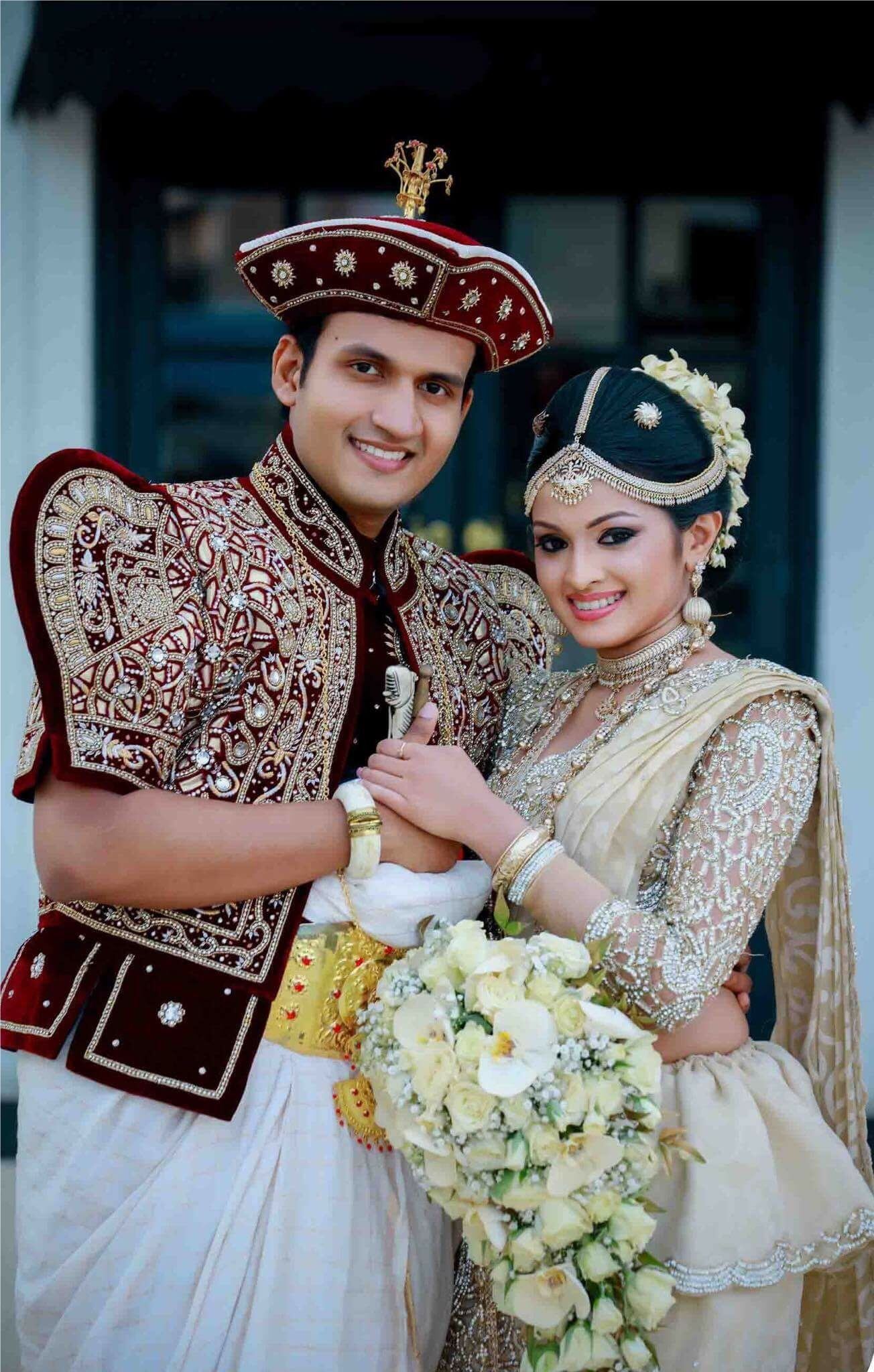
Sri Lanka
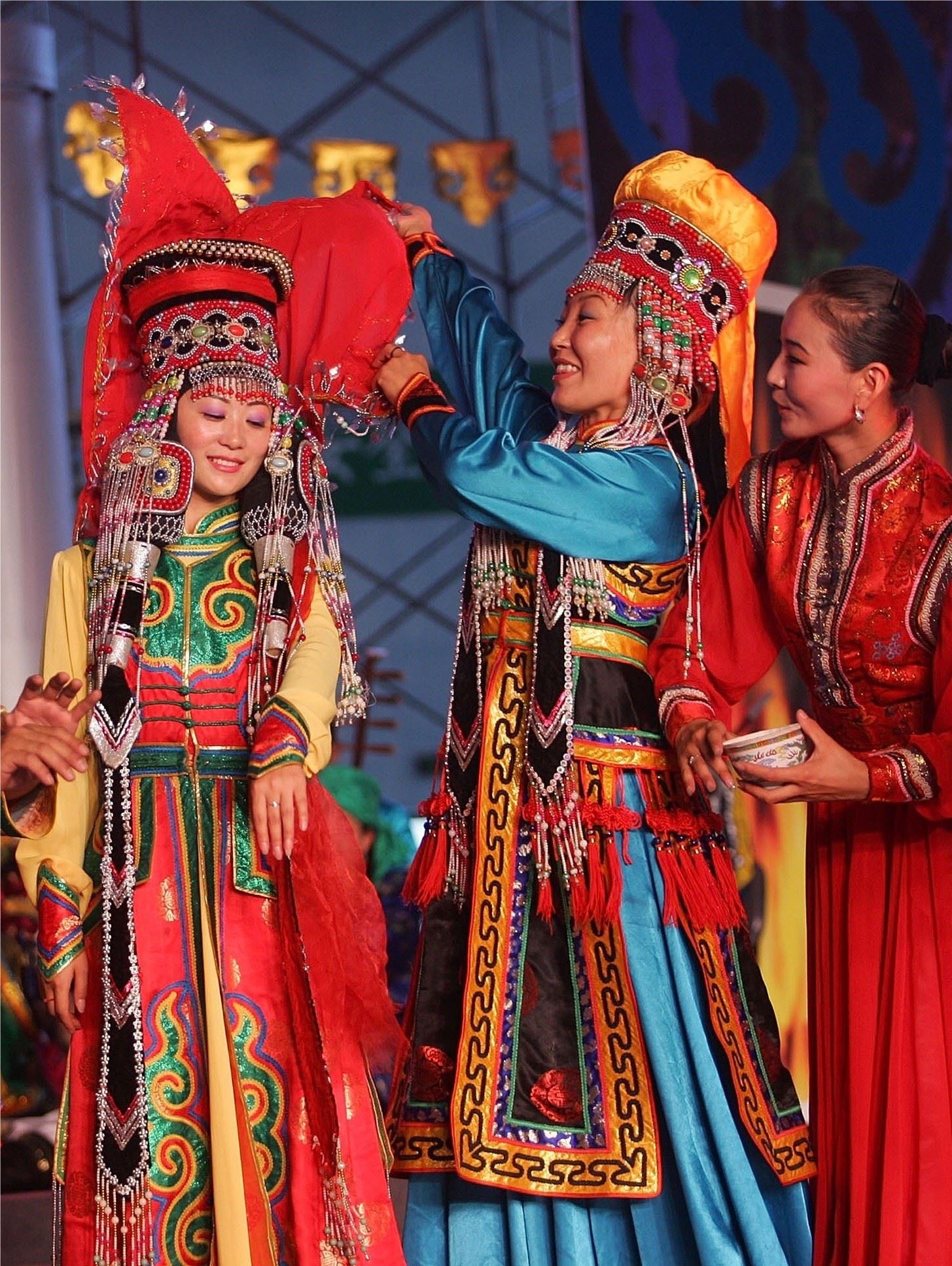
Mongolia
Internet illustration
Synthetic Migo
